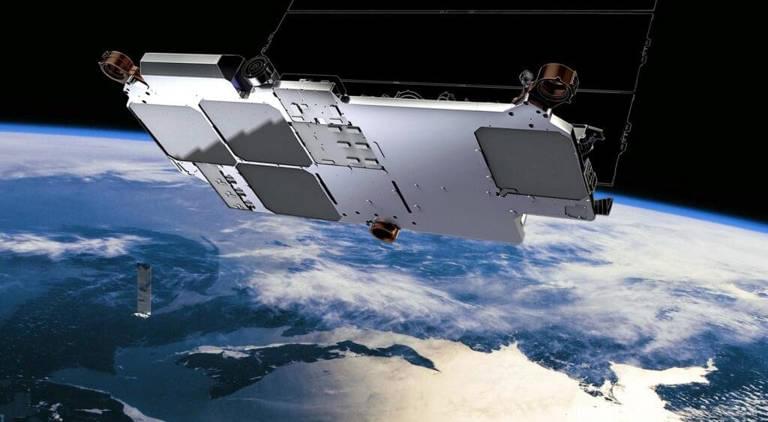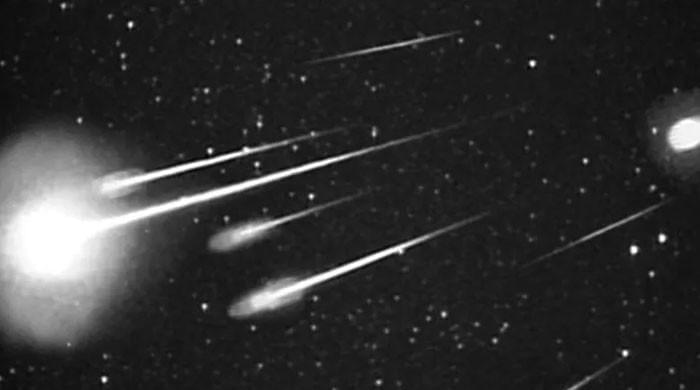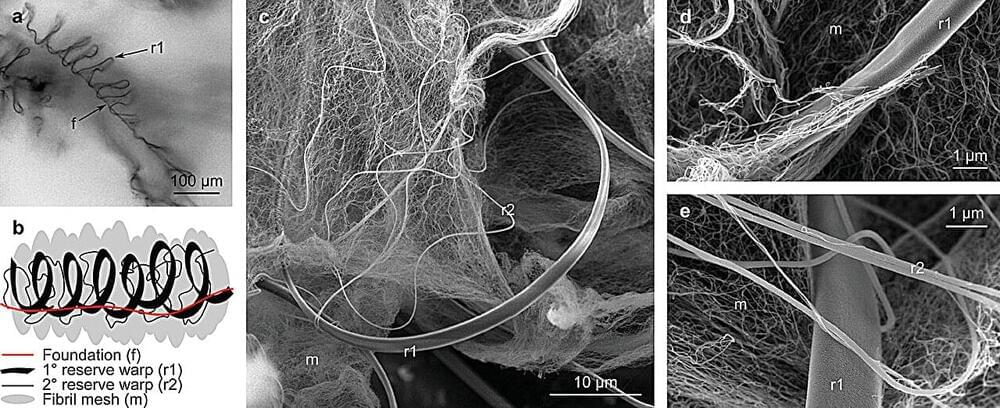Chip-based tractor beam Integrated optical tweezers use an intensely focused beam of light to capture and manipulate biological particles without damaging the cells.
Optical manipulation techniques are garnering increased interest for biological applications.
Optical manipulation techniques are garnering increased interest for biological applications. Researchers from Massachusetts Institute of Technology (MIT) have now developed a miniature, chip-based optical trap that acts as a “tractor beam” for studying DNA, classifying cells and investigating disease mechanisms. The device – which is small enough to fit in your hand – is made from a silicon-photonics chip and can manipulate particles up to 5 mm away from the chip surface, while maintaining a sterile environment for cells.
The promise of integrated optical tweezers
Integrated optical trapping provides a compact route to accessible optical manipulation compared with bulk optical tweezers, and has already been demonstrated using planar waveguides, optical resonators and plasmonic devices. However, many such tweezers can only trap particles directly on (or within several microns of) the chip’s surface and only offer passive trapping.








